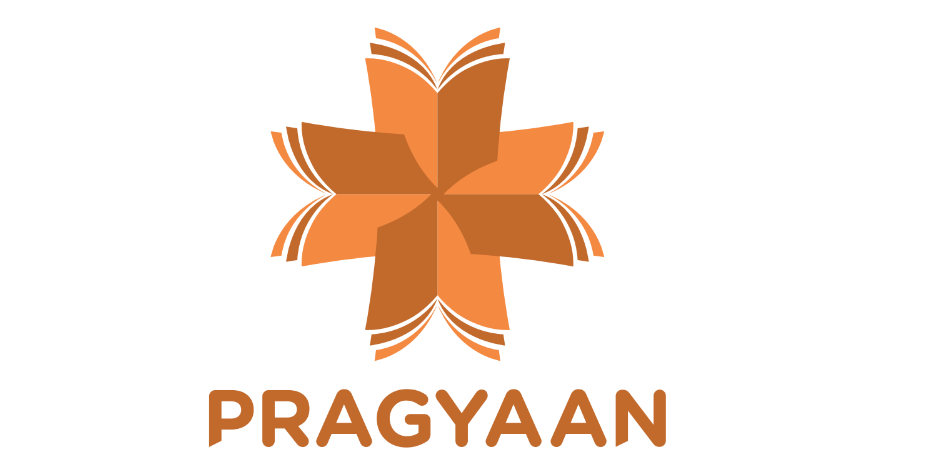Textile industry versus apparel industry : trade policy in the world of global supply chains : the case of renegotiation of the North American Free Trade Agreement / Sheng Lu.
Material type: TextPublisher: London, UK : Bloomsbury Publishing, 2018Description: 1 online resourceContent type:
TextPublisher: London, UK : Bloomsbury Publishing, 2018Description: 1 online resourceContent type: - text
- computer
- online resource
- HD38.5 .L87 2018
Public case, Advanced.
Includes bibliographical references.
Learning objectives -- Introduction -- Business problem -- Business questions -- Teaching notes -- Appendices -- References and further reading -- Definitions.
"In August 2017, the Trump administration announced the renegotiation of the North American Free Trade Agreement (NAFTA). Although, the US textile and apparel (T&A) industry is a critical stakeholder of the potential policy change to NAFTA, how to update the T&A specific rules of origin in the agreement has raised heated debate among different segments of the industry. On the one hand, US fashion brands and apparel retailers, along with their counterparts in Canada, are pushing hard for liberalizing the restrictive NAFTA T&A rules of origin commonly known as the "yarn-forward" to increase their flexibility in sourcing. On the other hand, US textile manufacturers are firmly opposed to the idea of abandoning the "yarn-forward" rules of origin in NAFTA. Instead, they lobby strongly for eliminating the exceptions to the "yarn-forward" rule, such as the tariff preference level (TPL), to strengthen the NAFTA regional T&A production further. Robert Lighthizer, the US trade representative, has to weigh the arguments from both sides to make a careful decision. Robert knows that the outcomes of the NAFTA renegotiation, especially the rules of origin, will shape the future landscape of the US textile and apparel industry."--Bloomsbury Publishing.
There are no comments on this title.
